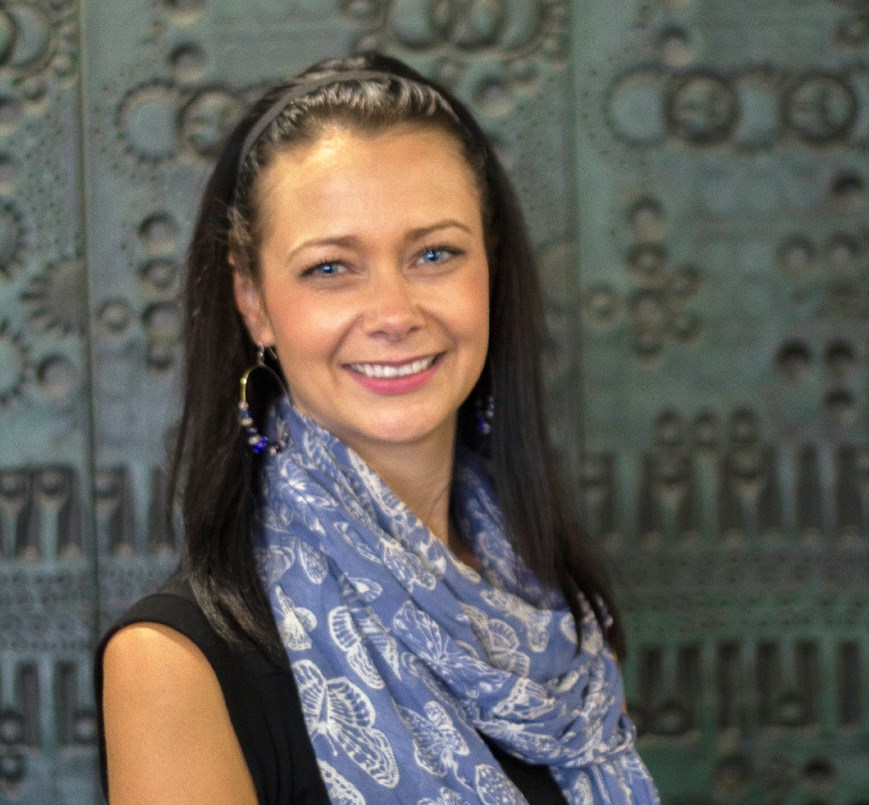- Home
- About Us
- The Team / Contact Us
- Books and Resources
- Privacy Policy
- Nonprofit Employer of Choice Award

 By now, social media has a pretty firm foothold in the way businesses and nonprofits market themselves and communicate with their audiences. But for the most part, many still look at an investment in social media in exactly the same way they look at traditional advertising: How much am I getting back for every dollar spent? What's my return on investment (ROI)?
By now, social media has a pretty firm foothold in the way businesses and nonprofits market themselves and communicate with their audiences. But for the most part, many still look at an investment in social media in exactly the same way they look at traditional advertising: How much am I getting back for every dollar spent? What's my return on investment (ROI)?
It's understandable. Social media takes a large time commitment, as well as personnel – personnel that expect to be paid. Right now, most companies determine their social media success by numbers alone, or by putting a dollar value on their figures:
For example: I brought in $1,000 with 1,000 Facebook fans, so I must be making a dollar per fan. If I get 10,000 fans, that must mean I'll make $10,000.
Friends not piggy banks
The above is a pretty common version of the way ROI is viewed in social media. Every person is assigned a dollar value. Unfortunately, that mindset ends up cheapening the experience that audiences can have with your organization. These people aren't just your piggy banks—they are your supporters of today and tomorrow. They are your, fans, donors, friends, the media, and even your competition!
Even worse, having a mindset that ‘followers = donations’ doesn't acknowledge what social media is and how it differs from traditional media, and as a result you end up losing the majority of its real value. Social media is not a static advertisement – a billboard on a highway or an ad in a major newspaper. It's an organic network or real people. Social media connect you not only your supporters, but to the people whom those supporters consider to be their friends. Which brings me to a different form of measurement that is often overlooked in social media: ROR. Return on Relationships.
What is ROR?
Cast your mind back to when social media was more commonly referred to as "social networking."
What happened to the idea that Facebook, Twitter, etc were places to build one-on-one relationships? When did nonprofits start holding their online relationships to a tougher standard than their offline ones? When was the last time anyone asked the Major Gift Officer, “What is the ROI of your very first handshake with a new prospect?”
When you focus on building engagement around your organization - even more importantly, your cause - on connecting with your audience and listening to what they have to say to you, your organization, and the causes they care about, you're building towards a greater Return On Relationship.
There is a lot that can be said about the loyalty of a single donor that doesn't come across on a spreadsheet. For example, how many friends has he or she told about you? How many friends saw that person liking or commenting on a post on your Facebook page? I've certainly looked at a page after seeing a story come up in my news feed, and you probably have too. You saw it because your friend interacted with it, not because an advert or call to action compelled you. Remember that peer-to-peer recommendations are the strongest.
These relationship-based interactions aren’t always measurable. It's such an instant, organic process that there aren't any metrics to keep track of how a single person’s interaction with your social media account might make their way across the bayou of social media to some of their friends or family.
What does matter - what you CAN track - is that first person who started the chain. That's done through focusing on providing the best experience for the supporters you already have. It is possible to look at a number and determine how much that number is worth in dollars and cents. However, doing so means you could end up missing the bigger picture that comes from loyalty and relationships. That is why we suggest nonprofits be more mindful when thinking about their investment in social media. Yes, money matters. But, as any fundraiser will tell you, donations start with relationships. Social media has opened the door to thousands of relationships with interested parties. What do you have in your strategy that cultivates listening and building relationships with your followers?
Remember, one fired up, passionate, loyal fan is actually priceless.
Clare McDowall is the Owner, Socially Good. Socially Good has helped many organizations do better digital marketing, from large Universities and art institutions, to small, local businesses. Clare is a regular speaker at social media and personal branding conferences across the GTA, and loves to share her passion and expertise, particularly with other women in business.
Supporting the nonprofit and social good sector is a core value of being Socially Good, Clare founded Be Good Be Social Toronto in 2011, a social media conference for nonprofits which takes place annually and Socially Good has also been involved since the beginning with the Giving Tuesday philanthropy movement in Canada, teaching nonprofits how to connect with donors around a common cause.